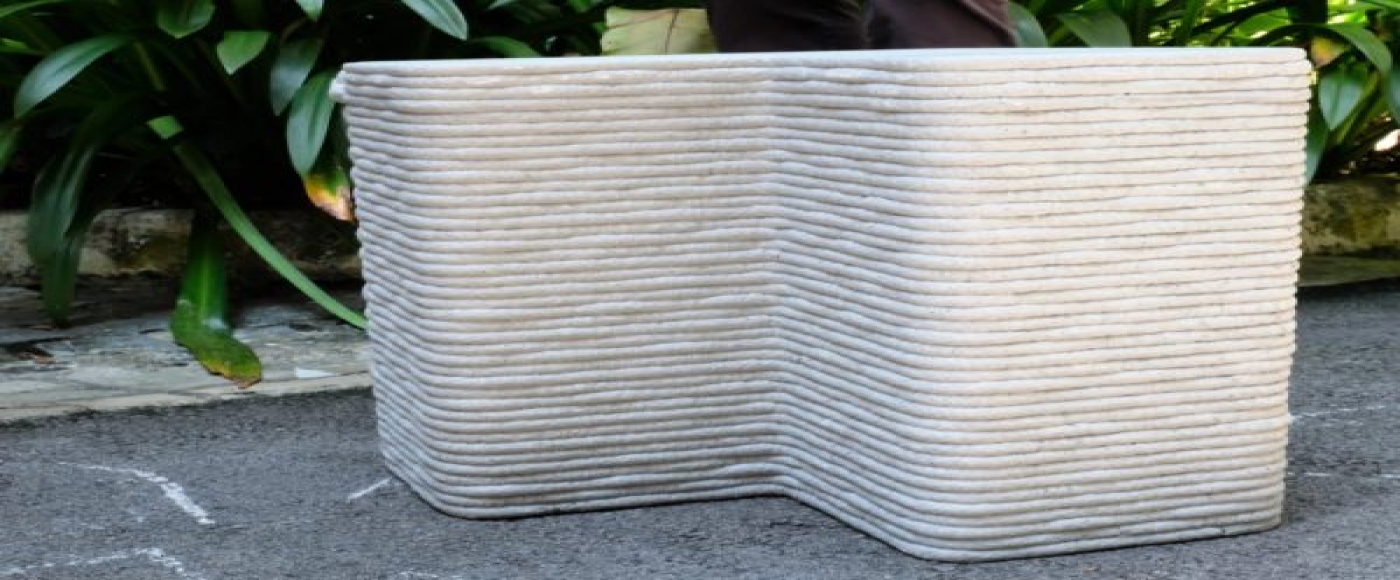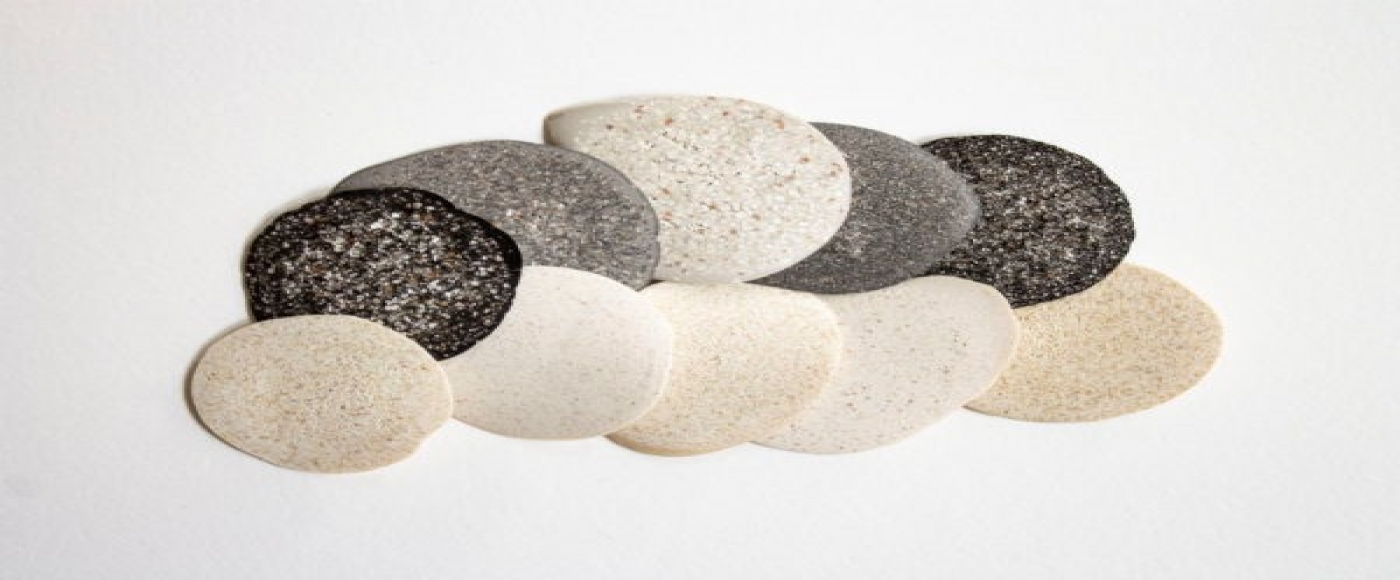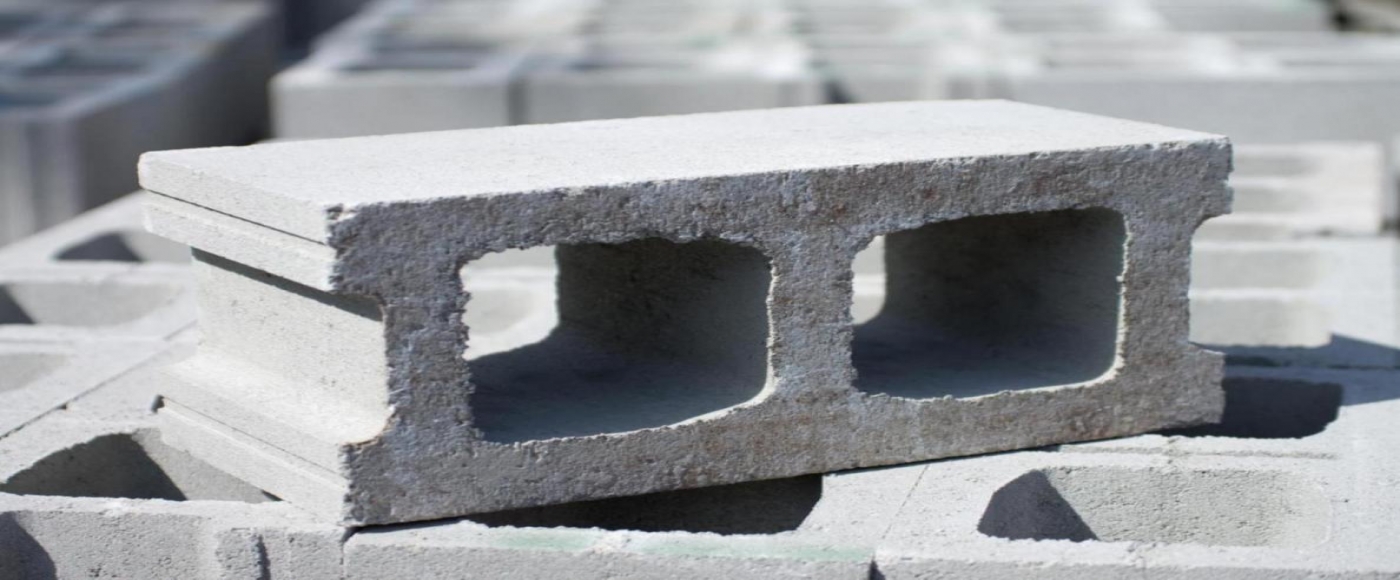10 Stone types be used for construction
Stone constructions are durable, diverse, sturdy as well as lasting over time. You can see that some locally available stone structures may have been built for over hundreds of years.
Several different stones or stone materials are available in stores today. These are products made from materials that have gone through both geological and artificial processes before they are made into the finished product for your home.
While looking at the stone production process, you can see the differences between rocks and stone-like materials.
For example: granite, sandstone, marble could even be quartz. Each of these is an amazingly unique material that will exceed your expectations when used properly.
.jpg)
.jpg)
(Source: Internet)
What is stone?
Small rock or boulder is a type of natural material that is dug and extracted from the earth's crust and used in construction applications.
.jpg)
(Source: Internet)
Stone applications
Building blocks, including decorative elements such as pillars, gate roofs, etc.
- As a floor and wall material.
- Paving materials.
- The roof.
- Kitchen work surface and table top.
- Bathroom countertops, bath trays and sinks.
- As a component of concrete, mortar, cement, asphalt and some bricks.
- Aggregate.
Different rocks are used in different places depending on their characteristics. Therefore, it is important to get the right advice to ensure the correct stone is used.
Different stones are used in the building
- Basalt
- Gneiss
- Granite
- Laterite
- Limestone
- Marble
- Quartz stone
- Sandstone
- Slate
- Travertine stone
Basalt
They are volcanic rocks. They are quite fiddly and have a high degree of rigidity. Its specific gravity is about 3 and the compressive strength varies from 200 N/mm2 to 350 N/mm2 (2039 to 3569 kg/cm2). It is almost 10 times more than conventional M-20 or M-25 grade concrete.
They are used in foundations, roads and masonry blocks. These rocks are also used in sidewalks, ballast rail, door steps and steps.
.jpg)
.jpg)
(Source: Internet)
Gneiss
They are typical rocks of metamorphic rocks. This stone separates into slabs and is easy to work with. Its specific gravity is about 2.69 and the compressive strength varies from 200 N/mm2 to 250 N/mm2 (2039 to 2549 kg/cm2).
These stones are used for street paving, and for rough construction works. They are also used in heavy engineering constructions such as docks, breakwaters, light houses, piers, etc.
.jpg)
.jpg)
(Source: Internet)
Granite
They are volcanic rocks. It is tough, durable, and available in a variety of colors. Besides, it has high natural bearing capacity and can be polished very beautifully. Its specific gravity varies from 2.6 to 2.7 and the compressive strength varies from 104 N/mm2 to 140 N/mm2 (1061 to 1428 kg/cm2).
Other stones are used in stairs, sills, walls, piers, columns, road metal ballasts, etc.
They are also used in pavement, rail ballasts, door sills, steps, kitchen countertops, door frames, arches, walls, heavy engineering projects such as docks, breakwaters, light houses, pier and also used in buildings located in industrial towns. It is not suitable for carving ..
.jpg)
(Source: Internet)
Laterite
They are another typical type of metamorphic rock. This rock is porous and also has a porous structure. The laterite is easily mined into blocks. These rocks contain a high percentage of oxide or iron. And they come in many different colors.
Its compressive strength varies from 1.76 N/mm2 to 3.13 N/mm2 (18 to 32 kg/cm2).
This stone is used in carvings, building decoration, construction work with raw stone and also used as construction stone.
.jpg)
.jpg)
(Source: Internet)
Limestone
This rock is classified as sedimentary rock. Limestone consists of the carbonate salt of the lime. These stones are very easy to use. Its specific gravity varies from 2.00 to 2.75 and the compressive strength is about 52 N/mm2 (530 kg/cm2).
Limestone is used in floors, steps, walls, metal lines, lime production in blast furnaces, etc.
.jpg)
.jpg)
(Source: Internet)
Marble
This rock is typical of metamorphic rocks. These stones are well polished and it is possible to use different colors available to them. Its specific gravity is about 2.65 and the compressive strength is 70 N/mm2 to 75 N/mm2 (714 to 765 kg/cm2).
Marble is used in power switch boards, flooring, kitchens, door and window frames, carvings, columns, steps, decorative works, etc. It is also used in facial jobs and architectural purposes. And it has a nice polish along with the fact that it is easily sawed and carved.
.jpg)
(Source: Internet)
Quartz stone
This is a form of metamorphic rock. They are hard, brittle, and compact crystals. This stone is very difficult to work and sharpen. Its specific gravity is about 2.19 to 2.36 and the compressive strength is 50 N/mm2 to 300 N/mm2 (510 to 3060 kg/cm2).
Quartz stone is used in retaining walls, metal roads, concrete aggregates, paving stones, masonry blocks, etc.
.jpg)
.jpg)
(Source: Internet)
Sandstone
This type of rock is classified as sedimentary rock. Their composition includes quartz and other minerals. They are easily machined and honed in a variety of available colors. Its specific gravity is about 2.2 to 2.8 and the compressive strength is 35 N/mm2 to 170 N mm2 (357 to 1733 kg/cm2).
Sandstone is commonly used for fireproof constructions, terraces, columns, flooring, walls, metal lines, decorative carvings, etc.
.jpg)
.jpg)
(Source: Internet)
Slate
Shale is a form of metamorphic rock. These rocks are black in color and impervious to water. Its specific gravity is about 2.89 and the compressive strength is 60 N/mm2 to 70 N/mm2 (612 to 714 kg/cm2).
Slate is used for roofs, courtyards or damp roofs, etc.
.jpg)
.jpg)
(Source: Internet)
Travertine Stone
Travertine rock is formed when minerals dissolve in groundwater and form. Many temples, monuments and bathhouse complexes have been built from travertine.
Travertine is characterized by pores and grooves in its surface, which means it has a matte surface and concentric texture. It can be polished for a smooth, shiny finish and comes in a variety of colors ranging from gray to coral red.
Its specific gravity is about 1.68 and the compressive strength is 80 N/mm2 to 120 N/mm2 (816 to 1224 kg/cm2).
It is one of the natural stones used for garden walkway paving, paving, etc.
.jpg)
.jpg)
(Source: Internet)
Stone has been used as a construction material for thousands of years. It is a long time recognized as a material of high quality and great durability.
Stone is used as a building material and also for decorative purposes. Each stone has its own characteristics. Like the pyramids in Giza, ancient temples in India, temples in Malta, and burial sites in England were all built from rock more than 4000 years ago and still stand standing. Thus, it can be said that they have a future life of more than 500 to 5,000 years or even more.
.jpg)
.jpg)
(Source: Internet)
Others:

AN ‘IMPOSSIBLE’ 2D MATERIAL STRONGER THAN STEEL

REPLACING SAND WITH GLASS WASTE IN CONCRETE 3D PRINTING

CERAMICS MADE OF EGGSHELLS
Vietnam’s Hospitality Real Estate – Time to rebuild

HoSkar Night - Networking Redefined



